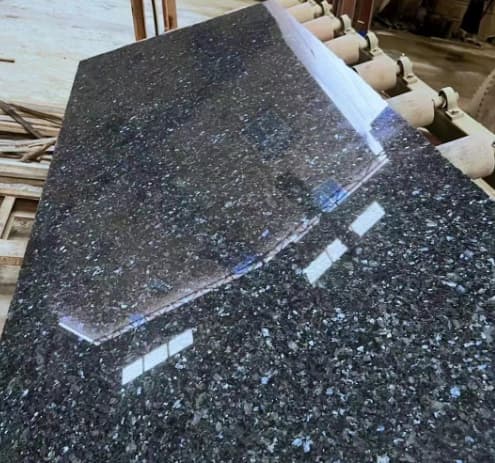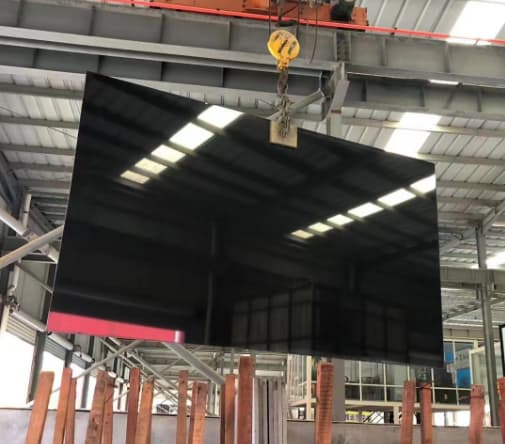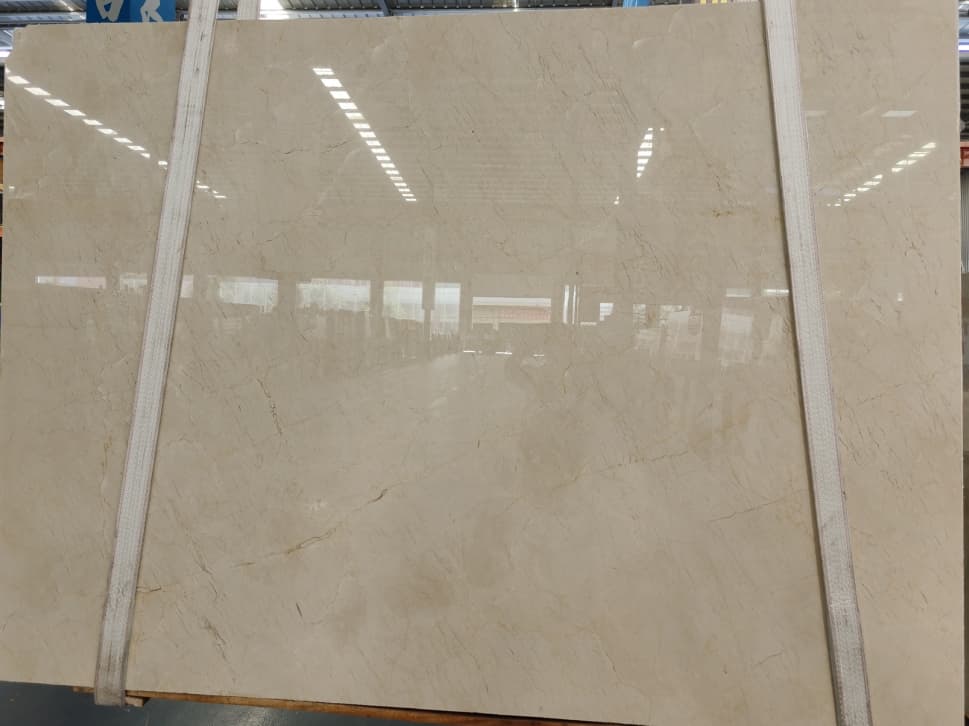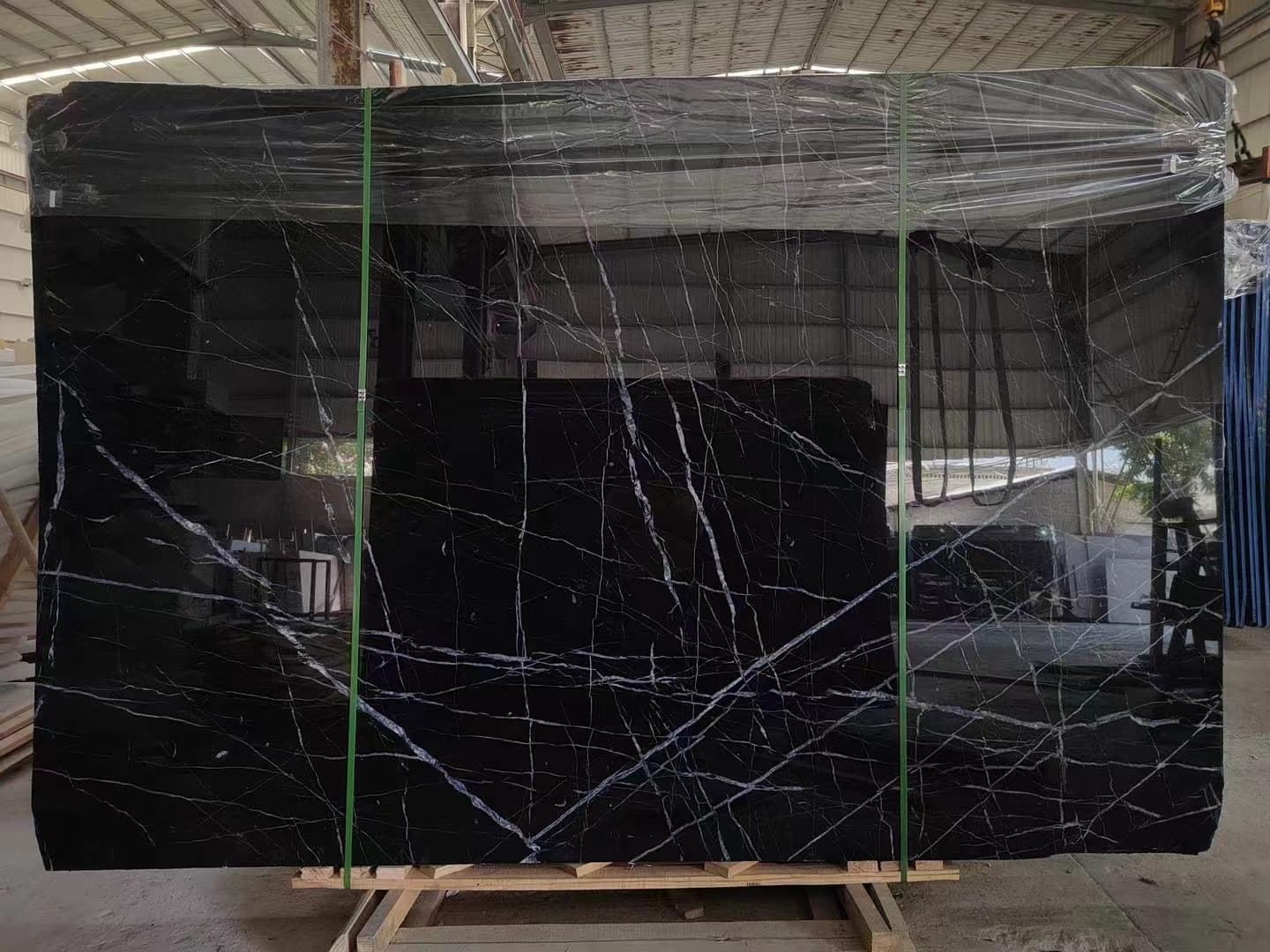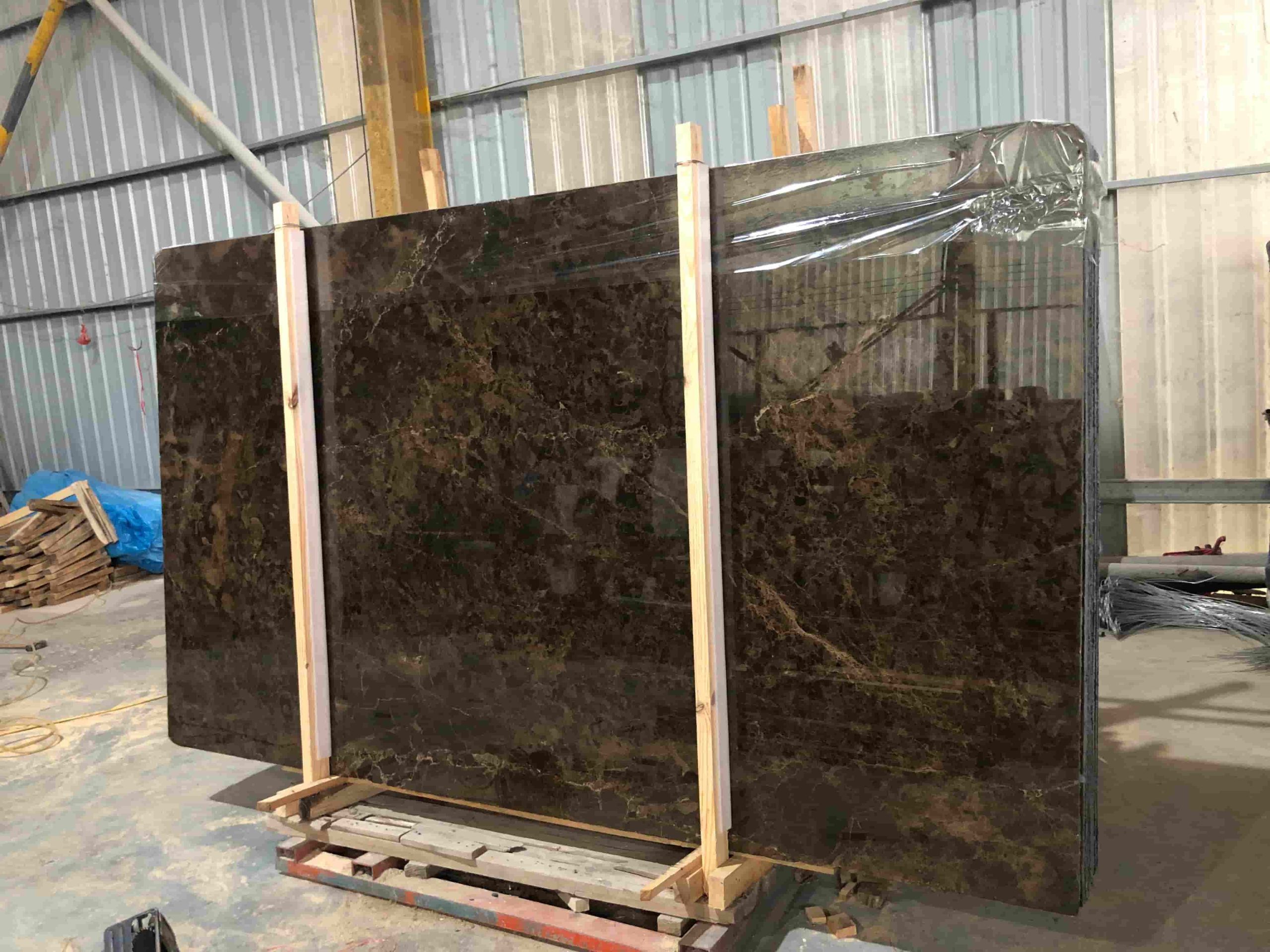As the demand for beautiful, durable, and natural building materials increases globally, الحجر والرخام continues to be a favored choice in residential, commercial, and public architecture. However, with rising awareness of environmental concerns and policy changes around natural resource use, the الحجر والرخام industry is also experiencing a quiet but meaningful transformation.
Rather than reactive bans or abrupt restrictions, many regions are gently adopting sustainability guidelines—focusing on quarrying methods, transport emissions, waste management, and responsible sourcing. For companies like WhiteMarbleGranite (www.whitemarblegranite.com), adapting to these shifts provides an opportunity to lead with environmental responsibility, product transparency, and craftsmanship.
Global Policy Trends Impacting Marble Stone
الحجر والرخام may be a natural material, but its production and transportation are regulated under a growing set of environmental frameworks around the world. These policies are often not punitive, but instead aim to promote sustainable use and accountability in the natural stone supply chain.
European Union Green Deal & Construction Standards:
The EU has implemented directives that encourage sustainable construction, including the use of locally sourced or low-impact materials. Marble quarrying in Italy, Greece, and Spain is now often paired with environmental impact assessments, water recycling, and reforestation programs around excavation sites.U.S. LEED and Green Building Codes:
In the U.S., while there’s no federal ban or restriction on الحجر والرخام, green building codes increasingly prioritize materials with transparent life cycle assessments. Locally sourced marble, reduced energy processing, and third-party certifications are encouraged for LEED (Leadership in Energy and Environmental Design) credits.Middle East Sustainability Push:
The Gulf region, known for its expansive use of stone in luxury architecture, has begun to integrate sustainability into its national development visions. UAE’s Estidama and Saudi Arabia’s Vision 2030 both promote eco-efficient construction materials, creating more space for responsibly sourced الحجر والرخام in large-scale projects.

Sustainable Quarrying: A Quiet Revolution in the Stone Industry
One of the most environmentally impactful stages of الحجر والرخام production is quarrying. Traditional methods often generated significant waste, dust, and energy use. Today, improved practices are emerging:
Diamond wire cutting reduces dust and preserves large usable blocks.
Water treatment systems ensure that water used for cooling and cutting is recycled.
Waste stone is increasingly repurposed for aggregates, tiles, or landscaping products.
At WhiteMarbleGranite, our quarries follow strict environmental protocols, minimizing land disturbance and investing in site restoration. These efforts help meet the environmental expectations of modern construction and design.
Transparency in Sourcing and Certifications
End users—especially architects and developers—are increasingly interested in the origin and footprint of الحجر والرخام. While marble is inherently natural, the way it is mined, processed, and delivered plays a crucial role in its sustainability score.
Chain of Custody Certifications such as ANSI/NSC-373 provide transparency into stone origin, labor standards, and energy use.
Environmental Product Declarations (EPDs) are gaining popularity for large projects seeking measurable carbon performance.
ISO 14001 and other certifications recognize marble suppliers with structured environmental management systems.
WhiteMarbleGranite provides documentation and origin transparency for all our products, helping clients meet both aesthetic goals and regulatory compliance.
Eco-Friendly Processing and Transport Solutions
After extraction, الحجر والرخام undergoes cutting, polishing, and transport—each stage offering room for sustainability improvements:
Water-based sealants are replacing chemical coatings.
Solar-powered factories و energy-efficient machinery are now used by leading stone processors.
Bulk shipping optimizations و near-site storage facilities reduce carbon emissions related to logistics.
As a supplier, WhiteMarbleGranite continuously evaluates ways to lower energy use and minimize environmental impact during processing and distribution—without compromising the luxury and performance of our الحجر والرخام offerings.
Market Response: Clients Demanding Sustainable Marble Stone
The global design and construction industries are becoming more eco-aware. Whether it’s a LEED-certified office tower or a boutique hotel prioritizing natural interiors, الحجر والرخام with verifiable sustainability credentials is increasingly sought after.
Developers and designers now ask:
Is the marble locally sourced or imported?
Was the quarry site rehabilitated?
Are any green certifications or impact reports available?
Can offcuts be reused in another application?
WhiteMarbleGranite supports architects and contractors with full technical data, sustainability reports, and reuse strategies, helping projects meet both creative and compliance goals.

Opportunities for Innovation in Marble Stone
The evolution of environmental policy does not mean restricting beauty—it means rethinking the process. Innovations are expanding what’s possible with الحجر والرخام:
Lightweight marble panels backed with honeycomb aluminum reduce both weight and transport emissions.
Recycled marble composites mix offcuts with resin for creative surface applications.
Digital quarry mapping reduces waste and helps predict extraction volume accurately.
Laser technology optimizes cutting efficiency and pattern matching.
These developments demonstrate that الحجر والرخام, long valued for its tradition, is also ready for the future.
Policy-Friendly Design: Working with Standards, Not Against Them
For professionals in architecture and real estate, aligning with local policy doesn’t mean sacrificing material quality or style. In fact, sustainable رخام Stone can be the centerpiece of environmentally conscious design.
By working with suppliers like WhiteMarbleGranite, developers can source materials that:
Qualify for local and international green building incentives.
Align with long-term environmental planning goals.
Reduce project risk by offering full regulatory traceability.
Enhance project value through sustainable storytelling.
Educating Consumers and Designers
As policies around materials shift, so too must education. Many specifiers still believe that الحجر والرخام is “non-sustainable” by default. Dispelling this myth through updated information, design inspiration, and responsible supply partnerships is key.
At WhiteMarbleGranite, we share resources with our clients on:
Comparing carbon impacts of various materials.
Choosing the right marble for indoor vs. outdoor use.
Reusing marble from renovations in new settings.
Extending the lifespan of marble surfaces through proper care.
These efforts help bridge the gap between policy goals and real-world design choices.

Embracing the New Era of Sustainable Marble Stone
The world is moving toward sustainability not through sudden bans, but through gradual alignment, innovation, and responsibility. الحجر والرخام, when managed with care, fits well into this vision. As governments, industries, and consumers embrace greener values, the stone industry is proving that it too can evolve without losing its identity.
At WhiteMarbleGranite, we are proud to be part of this journey. Our commitment to environmental stewardship, high-quality craftsmanship, and transparency helps us serve clients who value both aesthetics and ethics. We believe that الحجر والرخام can remain a symbol of luxury and longevity—while meeting the demands of a changing world.
By choosing certified, responsibly sourced, and efficiently processed marble, we ensure that each installation carries not just beauty, but meaning. Whether it’s a countertop, façade, sculpture, or floor—let your الحجر والرخام project reflect not only your style, but your sustainability commitment.

